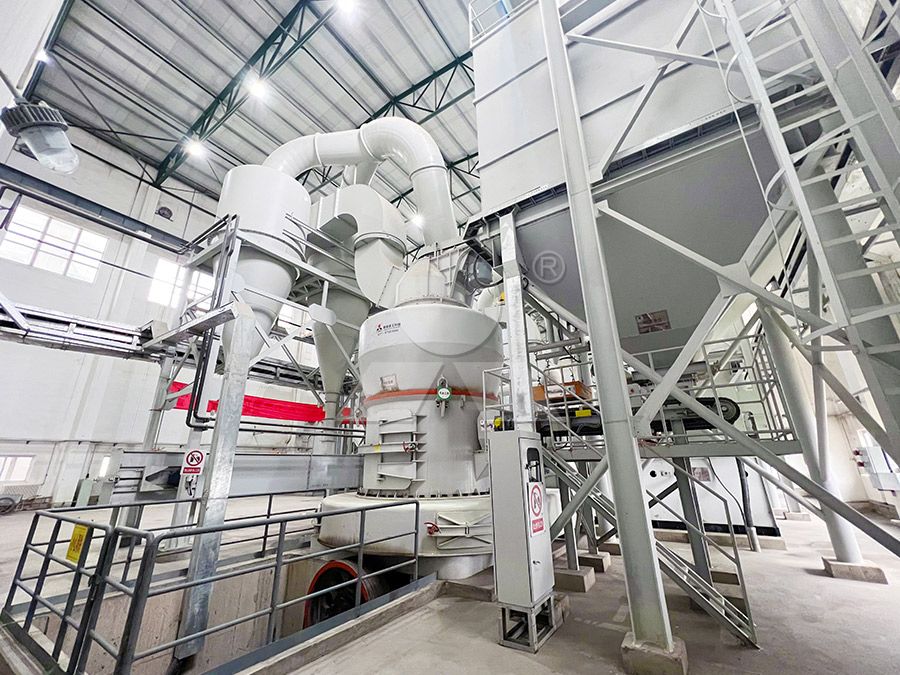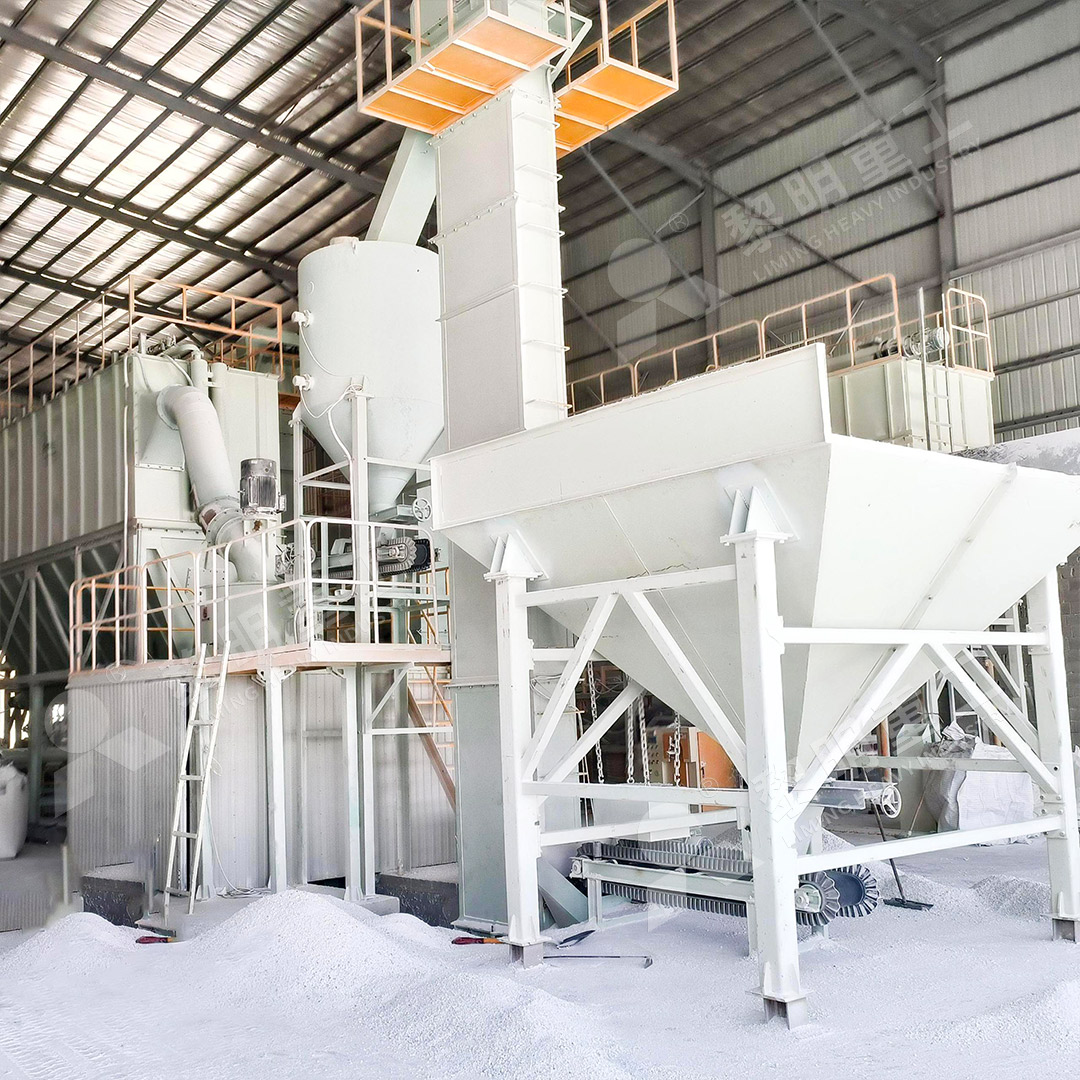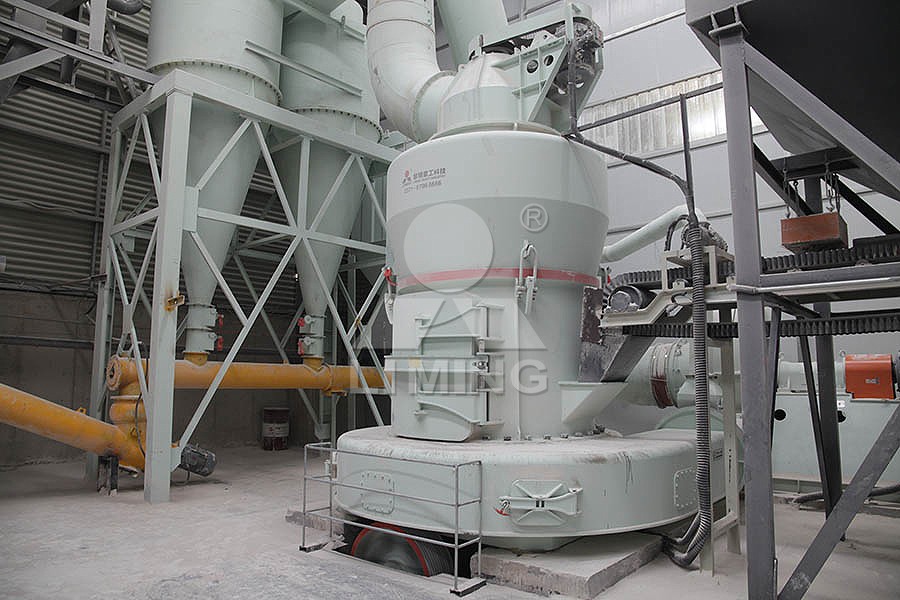Raymond Mill for Grinding Limestone into Fine Powder
Raymond Mill for Grinding Limestone into Fine Powder
Limestone processing represents one of the most fundamental operations across numerous industrial sectors, from construction materials to chemical manufacturing. The transformation of raw limestone into fine powder requires precision machinery capable of delivering consistent particle size distribution while maintaining operational efficiency. For decades, Raymond Mill technology has served as the backbone of limestone grinding operations worldwide.

The grinding mechanism of Raymond Mill creates a unique centrifugal force that presses grinding rollers against grinding rings, effectively pulverizing limestone materials through a combination of compression and shear forces. This mechanical action, combined with sophisticated air classification systems, enables producers to achieve precise fineness control ranging from 30 to 425 mesh. The entire process operates within a closed-circuit system that minimizes dust emissions while maximizing powder collection efficiency.
Technical Considerations for Limestone Grinding
When selecting grinding equipment for limestone operations, several critical factors demand attention. Material hardness typically ranges between 2.5-3 on the Mohs scale, making it relatively soft but abrasive. Moisture content should ideally remain below 6% to prevent clogging and maintain optimal grinding efficiency. The feed size specification of <25mm for Raymond Mills ensures proper material handling and prevents unnecessary wear on grinding components.
Production capacity requirements vary significantly based on application needs. For operations demanding 0.6-5 tph output with moderate fineness specifications, traditional Raymond Mills provide reliable performance. However, evolving industry standards increasingly demand higher production rates and finer powder specifications.

Advanced Solutions for Modern Requirements
For operations requiring superior fineness beyond conventional Raymond Mill capabilities, the MW Ultrafine Grinding Mill presents an innovative solution. Engineered for customers needing ultra-fine powder between 325-2500 meshes, this advanced mill incorporates German cage-type powder selector technology that significantly enhances separation precision. The MW series achieves production capacities of 0.5-25 tph while processing limestone with input sizes up to 20mm.
The MW Ultrafine Grinding Mill distinguishes itself through several engineering breakthroughs. The absence of rolling bearings and screws within the grinding chamber eliminates common failure points, while external lubrication enables continuous 24-hour operation. Environmental considerations are addressed through efficient pulse dust collection and noise reduction systems that ensure compliance with stringent environmental standards.
Operational Advantages in Limestone Applications
Comparative analysis reveals that the MW Ultrafine Grinding Mill delivers approximately 40% higher production capacity than jet grinding mills and double the output of ball grinding mills at equivalent fineness and power consumption levels. The system energy consumption represents only 30% of comparable jet grinding mills, providing significant operational cost savings over extended production cycles.
For operations requiring vertical grinding solutions, the LUM Ultrafine Vertical Grinding Mill offers complementary advantages with its 5-18 tph capacity handling input sizes up to 10mm. The integration of Taiwanese grinding roller technology with German powder separating technology creates a comprehensive system ideal for superfine dry powder production.

FAQ
What is the typical fineness range achievable with Raymond Mills for limestone?
Traditional Raymond Mills typically produce limestone powder between 30-425 mesh. For finer specifications up to 2500 meshes, the MW Ultrafine Grinding Mill provides superior performance.
How does moisture content affect limestone grinding operations?
Moisture content should preferably remain below 6% to prevent material adhesion and maintain grinding efficiency. Higher moisture levels may require pre-drying systems.
What maintenance advantages does the MW Ultrafine Grinding Mill offer?
The absence of rolling bearings and screws in the grinding chamber eliminates common failure points, while external lubrication enables maintenance without production stoppages.
How does the energy consumption compare between different grinding technologies?
The MW Ultrafine Grinding Mill consumes approximately 30% of the energy required by jet grinding mills while delivering 40% higher production capacity at equivalent fineness levels.
What environmental features are incorporated in modern grinding mills?
Advanced systems include efficient pulse dust collectors, mufflers, and noise elimination rooms that ensure compliance with environmental protection standards while maintaining operational efficiency.
